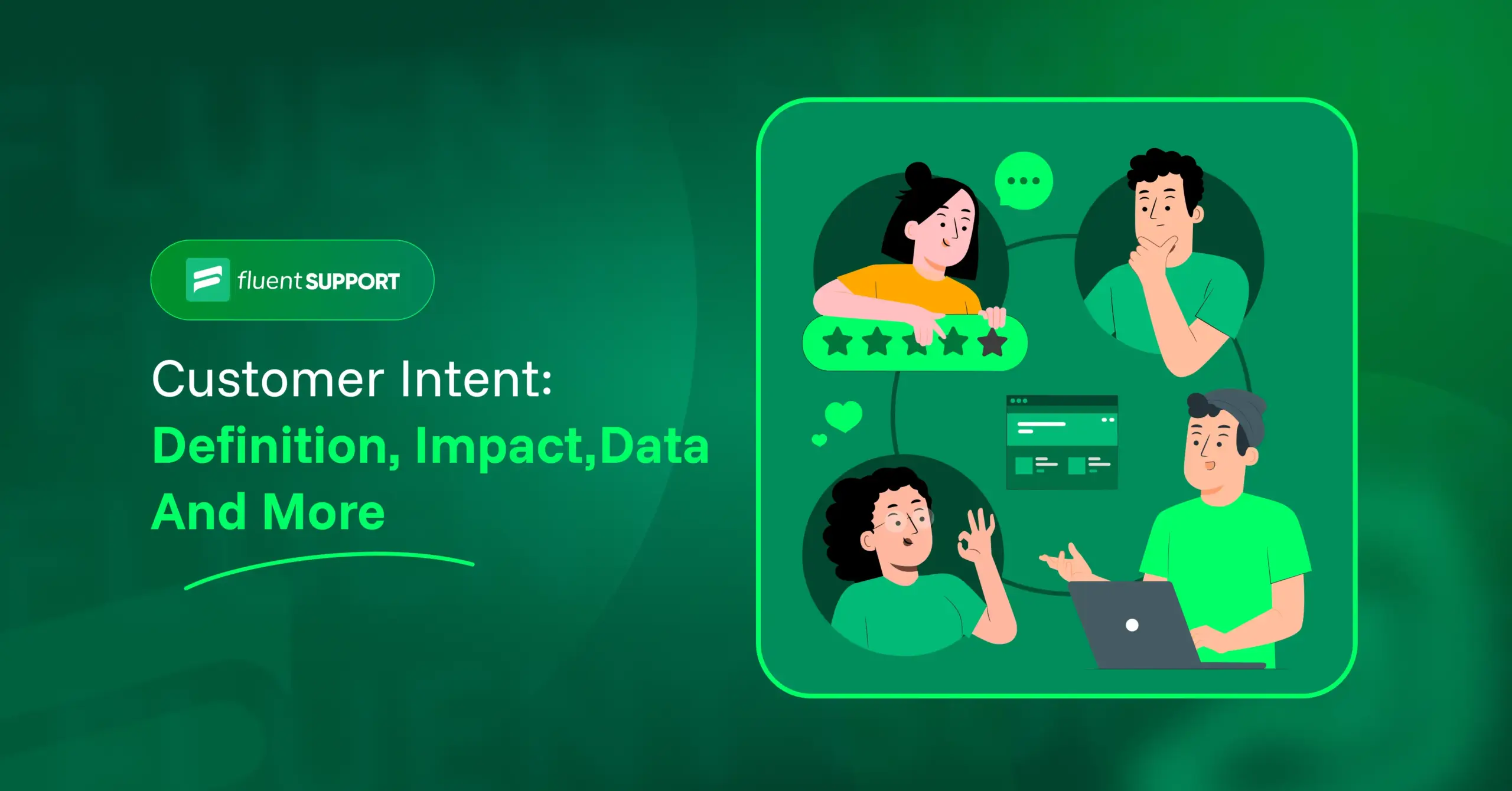
Customer Intent: Definition, Impact, Data, And More
By Md. Sajid Sadman
May 20, 2025
Last Modified: October 29, 2025
People don’t click or scroll without a reason.
There’s always something they’re looking for.
That reason? It’s called customer intent.
Maybe they’re curious. Maybe they’re ready to buy.
Or just comparing options.
Whatever it is, understanding intent helps you create better content, offers, and experiences.
In this blog, we’ll explore what customer intent is, why it matters, and how to collect and use intent data the right way.
Let’s get into it.

What is customer intent?
Customer intent is the motivation behind a customer’s actions. It tells you what they’re trying to achieve when they search, click, browse, or buy.
In simple terms, it answers the question: “Why is this person here?”
Maybe they want to buy. Maybe they’re just learning. Or maybe they’re comparing products before making a choice.
Customer intent gives you that context. And when you understand it, you can give the right message at the right time.
And yes, customer intent goes by other names too, like buyer intent, search intent, or purchase intent. All these point to one thing: understanding what the customer truly wants.
Now, there are four main types of customer intent:
Informational: They’re looking for answers or knowledge.
Navigational: They want to visit a specific brand or site.
Commercial: They’re comparing different products or services.
Transactional: They’re ready to take action, like buying or signing up.
Say someone searches “best budget-friendly project management tools.”
That’s commercial intent. They’re not just browsing. They’re close to making a decision and just need to compare options.
If you serve helpful content right then, you win their trust (and possibly the sale).
It’s like gaining insight into your customer’s mind, so you can show up exactly when they need you.
So, customer intent isn’t just about traffic or clicks. It’s about understanding behavior and serving people better.
Customer intent vs customer preference
Customer intent and customer preference aren’t the same thing.
Though they often get mixed up.
Intent is about what someone is trying to do.
Preference is about what someone likes.
Let’s break it down.
Customer intent is action-driven
It’s the reason behind a click, a search, a bounce, or a buy.
It shows what the person wants right now.
Examples of intent:
- Searching “best laptop under $800”
- Watching a demo
- Visiting your pricing page
- Clicking “Buy Now”
Customer preference is choice-driven.
It tells you what the person usually prefers, based on habits, tastes, or expectations.
But it doesn’t always mean they’re ready to act.
Examples of preference:
- Prefers one brand over another
- Likes minimalist designs
- Favors mobile shopping
- Wants free shipping
So…
Intent is about the moment.
Preference is about the pattern.
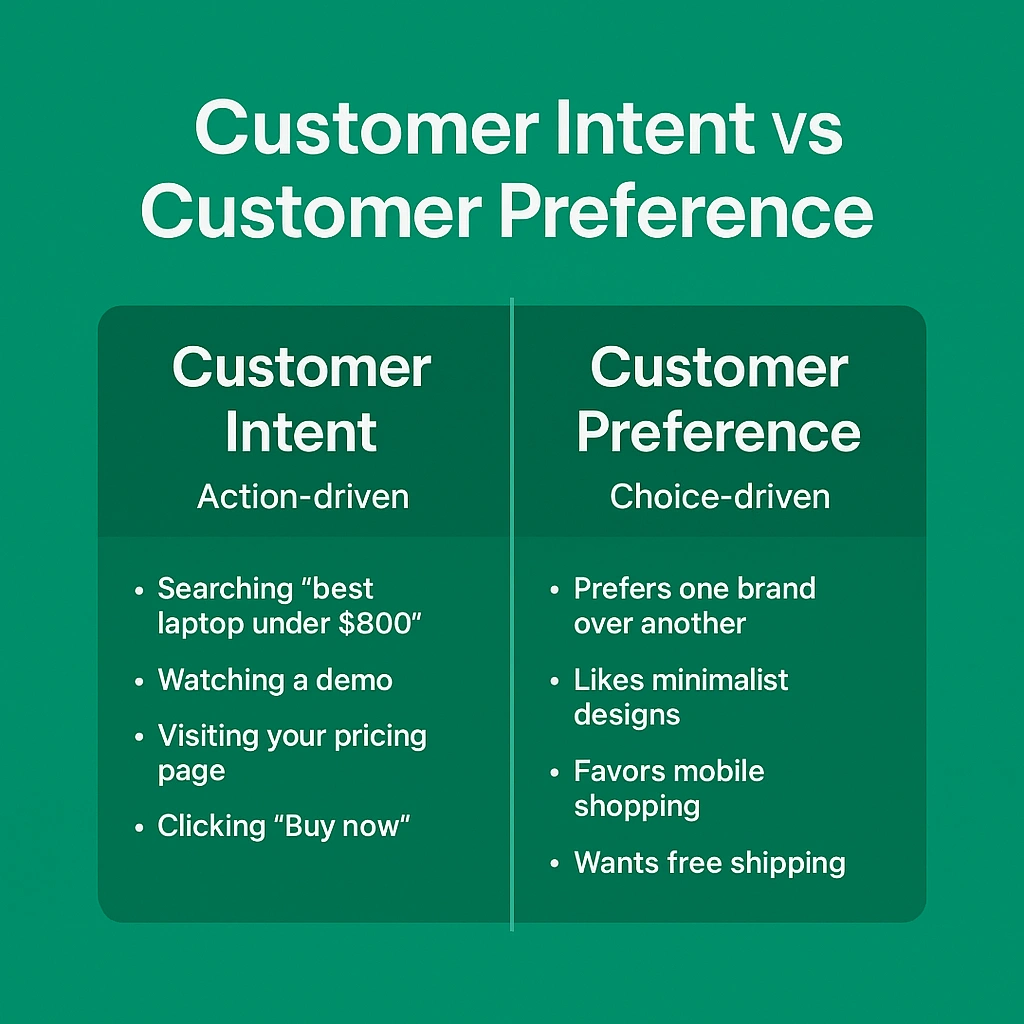
When someone shows intent, they’re often closer to taking action.
That’s why intent is more useful when timing and conversions matter.
Still, preference matters.
It helps more with long-term strategy, like product design or messaging tone.
The impact of customer intent on business success
Understanding what your customers want isn’t just a “nice to have.”
It’s a game-changer.
When you tap into customer intent, everything from your marketing, sales strategy to production starts working smarter.
And you know, this leads to business success.
So, let’s know the positive impact it (customer intent) will create for your business.
1. Better marketing through intent
Target the right people at the right time
Understanding customer intent helps you reach people based on what they actually want (not just who they are).
Instead of guessing, you create targeted campaigns for people who are just exploring, comparing options, or are ready to buy.
This approach is especially effective when you implement a small business SEO strategy. It helps you target the right audience and maximize impact without a large budget.
This means better ad performance, higher ROI, and fewer wasted clicks.
Create content that actually connects
It’s no longer about stuffing keywords everywhere.
People search with a purpose, and your content needs to match that purpose.
When you write blog posts, product pages, or guides that solve exactly what users are looking for, they stay longer and engage more.
That’s how trust builds and rankings follow.
2. A smoother, more personal customer experience
Nobody likes robotic, one-size-fits-all experiences:
When you understand what someone is really looking for, you can serve them content that actually feels relevant.
Maybe they’re just browsing. Maybe they’re comparing. Either way, you show what matters to them.
- Product suggestions feel thoughtful
- Blog links make sense
- CTAs don’t feel forced
It’s the kind of experience that makes people feel like your brand gets them.
Making buying easier and faster:
If someone is ready to buy, don’t slow them down.
Intent data helps you clear the path, like removing distractions, skipping unnecessary steps, and making sure nothing breaks their flow.
- Auto-filled forms
- Pre-selected options
- A simplified checkout
All of that becomes possible when you understand where they are in their journey.
A smooth journey means fewer disengagements and happier customers.
Micro-moments that make a significant impact:
Intent isn’t just about the big picture. It also guides the small actions that build trust.
Like showing a limited-time offer when someone hesitates at checkout.
Or popping up a helpful FAQ when they pause on a pricing page.
These little touches feel right on time and are actually helpful.
And that’s how you earn trust without pressure.
3. Drive more conversions naturally
Call-to-actions make more sense when you know the intent:
Your CTA becomes more relevant when you know what someone intends to do.
If they’re in research mode, “Learn more” makes sense.
If they’re ready to buy, “Get it now” hits the spot.
The right call-to-action at the right time = more clicks, less hesitation.
Landing pages work better when they match the click:
A landing page should reflect why someone clicked.
If they were comparing products, give them a side-by-side breakdown.
If they were looking for a deal, show the discount right away.
Intent helps you shape pages that feel spot-on (not random).
Conversions happen naturally when you respect the journey:
Pushing too hard can backfire.
But when your offer matches what someone wants right now, they move forward.
Intent helps you do that.
No pressure needed. Just good timing and real value.
4. More efficient retargeting strategies
Remind people why they cared in the first place:
Most retargeting just follows users around with the same old ad.
But that’s not how intent-based retargeting works.
Here, you’re focusing on what they were actually interested in — whether it was a product, a blog, or a pricing page.
You’re not chasing them.
You’re just showing up with a helpful reminder at the right time.
Adjust your message based on how far they’ve gone:
Someone who reads a blog post needs a different nudge than someone who abandoned a cart.
Intent data lets you spot the difference.
Then you can create retargeting ads that feel relevant, not random.
That’s how you stay useful and avoid being ignored.
Save budget by targeting smarter:
Blanket (Generic) retargeting can waste a lot of ad spend.
But when you use intent to narrow your focus, you stop showing ads to people who have already bounced for good.
Instead, you focus on the ones still deciding.
That saves money and improves performance.
5. Smarter product decisions (not just marketing)
Build what people are already looking for:
Intent data shows what your users are searching, clicking, or hesitating on.
So instead of guessing what to build next, you focus on what people actually need.
That could be a new feature, a better version of what you already have, or something you didn’t even think about.
It is less about building for hype and more about building for demand.
6. An edge over your competition
When you understand intent, you don’t just compete, you lead.
Listening helps your brand stand out:
Most brands focus on what they want to say.
But when you pay attention to what your customers are actually looking for, everything changes.
Your message becomes more relevant.
Your offer solves real problems.
And your brand becomes easier to remember.
Adapt before others even notice:
Customer behavior changes fast.
Trends shift overnight.
In this situation, intent data gives you an early signal when those changes start.
By ths, you can tweak your strategy, update your messaging, or improve your offer before others even notice something’s changed.
That speed gives you a real advantage in a fast-changing market.
7. Stronger brand loyalty and reputation
Trust builds when you meet the real need:
People trust brands that get them.
When your content, offers, or product directly match what someone came looking for, it builds confidence.
It shows you’re paying attention.
And over time, that kind of experience creates loyalty that lasts beyond just one purchase.
Great experiences turn into conversations:
Great experiences don’t stay quiet.
When someone gets exactly what they came for, they’re more likely to share it.
Maybe it’s a quick tweet, a review, or a personal recommendation.
These moments may seem small, but they build momentum.
And that kind of word-of-mouth is often more powerful than any paid ad.
8. Real growth that sticks
Revenue grows when everything clicks:
When your messaging matches intent, your marketing becomes more focused.
Sales teams waste less time chasing the wrong leads.
And customers stay longer because their needs are met from the very start.
This creates a cycle that strengthens over time.
Better alignment leads to stronger results and long-term growth (and doesn’t easily fade).
Intent drives smarter decisions across every team:
Customer intent isn’t just for marketing.
It also helps product teams determine what to improve, remove, or launch next.
And support provides answers before problems get frustrating.
Even leadership can use intent signals to prioritize what matters to the people they serve.
No more guessing. Teams get clear answers based on what customers actually do.
That’s how companies grow, by staying relevant and customer-focused at every step.
How to collect customer intent data?
Customer intent doesn’t always shout, it whispers also.
So to efficiently capture all of it, businesses need to track both direct actions and subtle signals across several touchpoints.
In this section we will look at four effectively used approach to collect the game-changing customer intent data.
Alright, let’s get into this.
1. Track how visitors interact with your site
Intent doesn’t only show up in what people search.
It also shows how they move, where they click, and how far they scroll.
Watching user behavior across your pages can tell you what grabs attention, what’s missing, and where people lose interest.
This helps identify parts of the experience that support their intent and parts that break it.
Start by looking at internal search activity
When visitors use your site’s search bar, it often means they didn’t find what they were looking for right away.
That makes internal search one of the clearest signals of what users expect to see.
If people frequently search for “refund,” “pricing,” or “features,” it means those things aren’t visible or obvious in your navigation or layout.
This kind of data helps you uncover hidden demand before someone gives up and leaves.
What to do:
- Use tools like Google Analytics (Site Search reports), Microsoft Clarity, or Hotjar to monitor search behavior.
- Review the top 10 most-searched terms each month.
- Match those terms with where users land afterward.
- Fix the dead ends if people search “pricing” but land on a generic page. That’s a content gap.
Layer on scroll and click tracking
Not all users search.
But every user clicks, scrolls, or skips. That behavior holds intent, too.
Heatmaps, click maps, and scroll depth tools show what parts of your site people interact with most.
If a visitor clicks your pricing tab but doesn’t scroll far, they’re interested but not convinced.
If they ignore your hero CTA and head to the FAQ, maybe your headline is unclear.
What to do:
- Set up Hotjar, Microsoft Clarity, or Crazy Egg
- Monitor key pages like pricing, product, and comparison pages
- Watch for:
1. High engagement on unexpected elements (e.g., users clicking a section header)
2. Low engagement on high-value CTAs.
3. Scroll drop-offs before (Visitors scroll away before key info appears.
These signals help you redesign pages based on what users actually want to see (not just what you think should go there).
Tag and track micro-conversions
Not every visitor will buy or book a call right away.
But many will take small steps that quietly reveal interest.
Some little actions like watching a demo, saving a product, or clicking “Compare Plans” show intent that’s often overlooked.
Well, these will tell you someone’s thinking seriously, even if they’re not ready to convert just yet.
Your action plan:
- Use Google Tag Manager or Mixpanel to set up custom tracking.
- Focus on actions like:
Clicking “Add to Wishlist”
Spending more than 60 seconds on a feature or use-case page
Interacting with comparison tools or pricing options
- Group users who take these actions as mid-intent leads.
- Plan follow-ups like retargeting ads or emails that match where they are in the journey.
These signals help you stay one step ahead.
In fact, they guide visitors gently toward the next step instead of pushing too soon.
2. Seek customer feedback
Sometimes, the best way to understand what a customer wants is to simply ask.
Not all intent data needs to come from tracking tools.
Direct feedback helps uncover what your analytics can’t always explain, like confusion, hesitation, or missing content.
Ask questions at the right time
Here, timing matters the most.
Asking for feedback right after someone takes an action helps you capture fresh and honest thoughts.
For example:
- After a purchase, ask what convinced them to buy.
- After they leave the site (exit intent), ask why they didn’t continue.
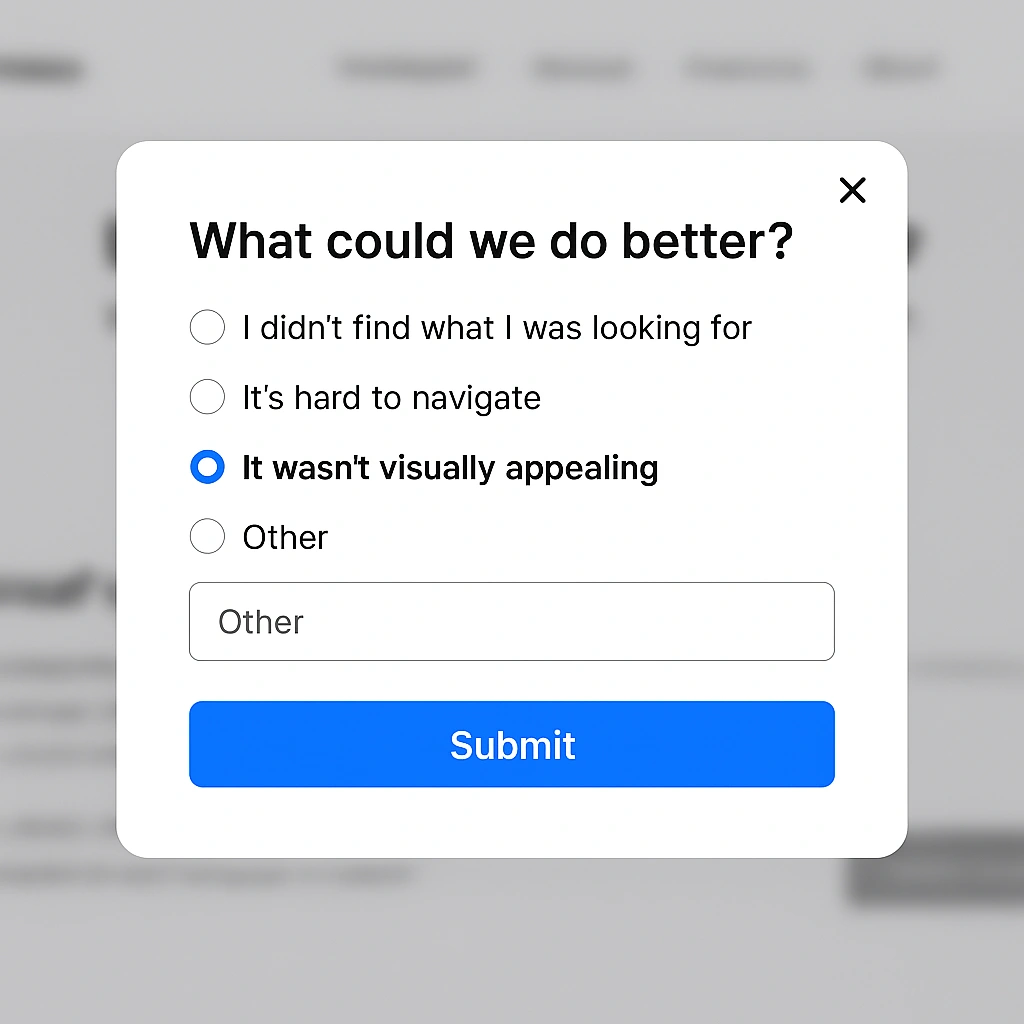
- After a support chat, ask if their issue was solved or if something was unclear
These tiny feedback points reveal what the visitor hoped to achieve and whether they reached that goal.
The action plan:
- Add short feedback forms to thank-you pages, help docs, or exit popups.
- Keep it simple: one question with a multiple-choice option and a short text field.
- Use tools like Hotjar, Typeform, Tally, or Google Forms to collect answers.
- Ask intent-driven questions like:
1. “What were you hoping to find today?”
2. “What made you leave this page?”
3. “Was anything missing or unclear?”
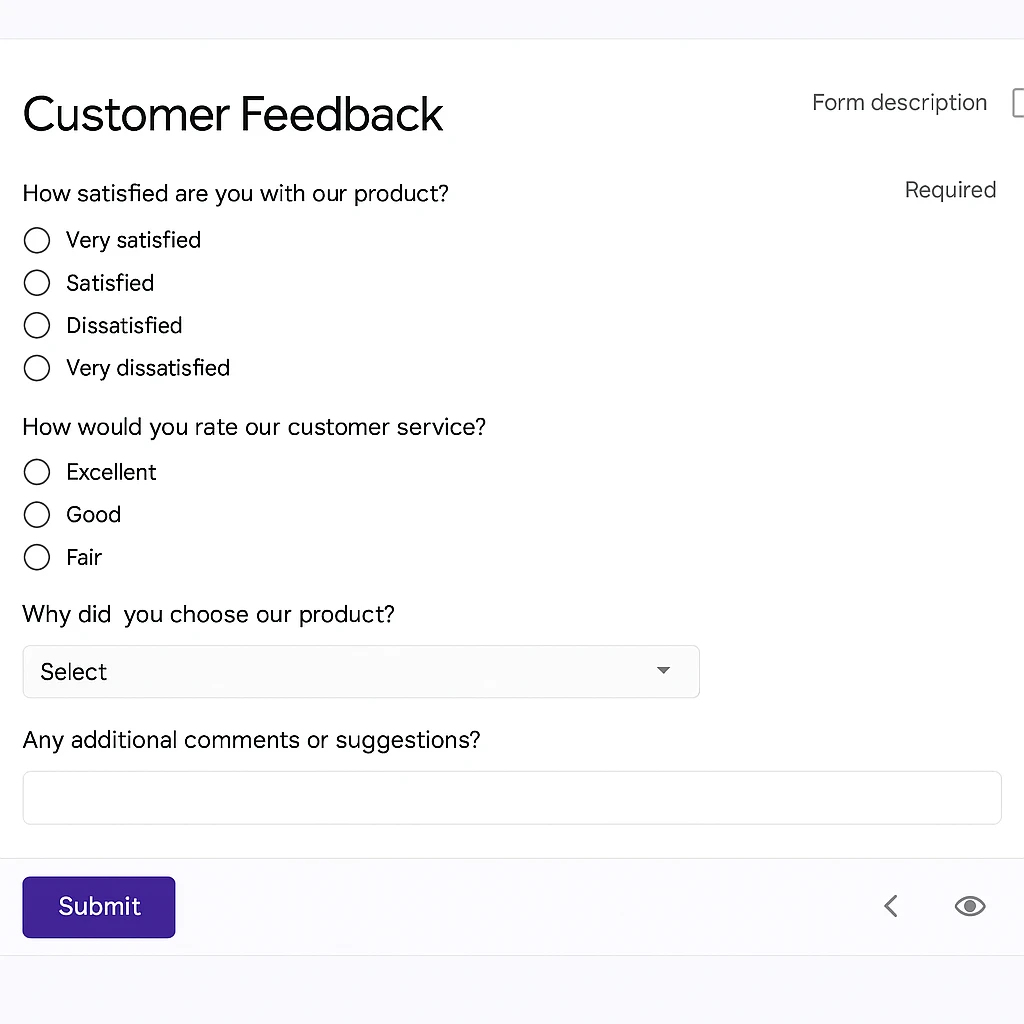
Doing so, you could easily reveal the feedback like:
- Missing information like pricing, feature comparisons, or return policies.
- Confusing layouts or unclear CTAs.
- Gaps between what people want and what they actually see.
Bring in tools like NPS to understand the bigger picture
You can also use NPS (Net Promoter Score) surveys to measure how people feel about your product or experience.
It’s just a simple question:
“How likely are you to recommend us to a friend or colleague? ”
The person answers by picking a number from 0 to 10, where 0 means “Not at all likely” and 10 means “Extremely likely.”
But the real insight comes from the follow-up:
“What’s the main reason for your score?”
That open-ended answer is packed with intent.
It tells you what customers love, what frustrates them, and what needs to change.
Over time, tracking those responses helps shape better offers, clearer messaging, and stronger retention.
If you’re in WordPress setup, we highly recommend trying Fluent Forms.
With its help, you can quickly create NPS forms that ask for a rating and include a follow-up question to capture the reason behind the score.
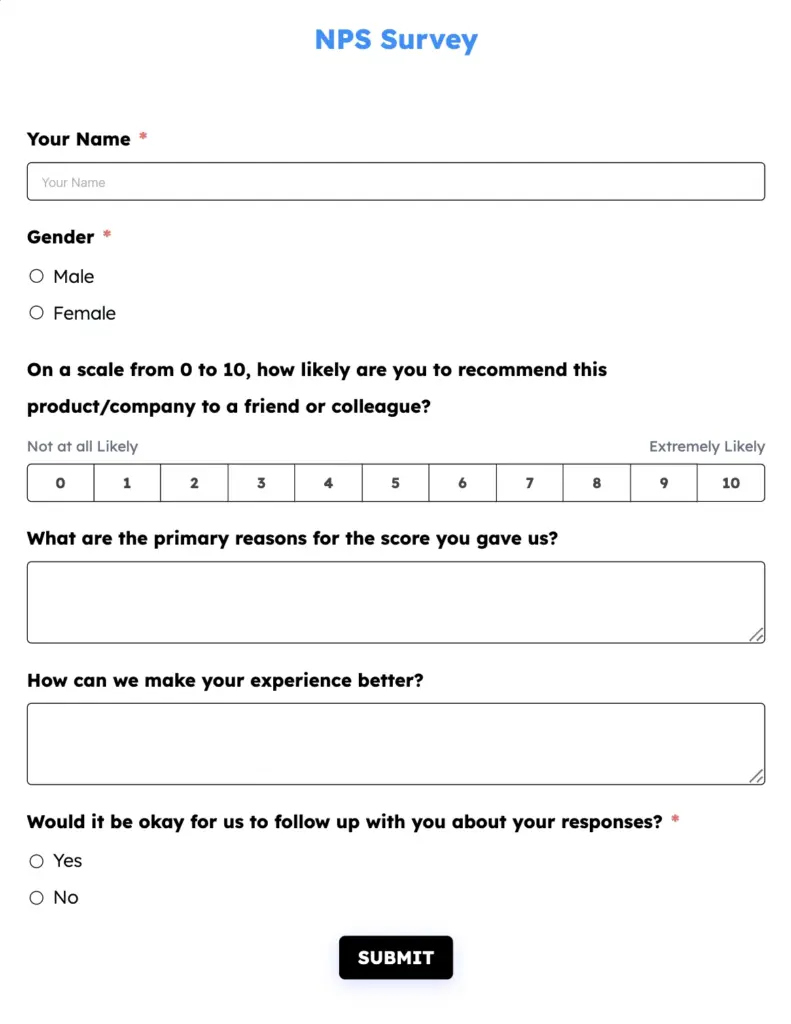
For other platforms (setup), Typeform would be worth it for you.
3. Use customer support tools to capture intent in real time
Customer support isn’t just about solving problems.
It’s one of the most honest and valuable sources of intent data you’ll ever get.
Every support ticket, live chat, or message reveals what a customer is trying to achieve.
If multiple people ask about the same feature, process, or issue, yes, that’s intent data you shouldn’t ignore.
Definitely, support conversations show more accurately what is missing.
When people contact support to ask basic questions like “How do I cancel?” or “Where’s the pricing page?” it often means they can’t find what they need on the site.
This shows a gap in your navigation, content, or UX.
Tracking this type of intent can help teams improve onboarding, content, and the overall experience.
What to do:
- Review support tickets and chat logs weekly or monthly.
- Tag common topics like “feature request,” “cancel,” or “how to use”.
- Identify repeat questions. These often signal unclear content or missing features.
- Share these insights with your product, content, or UX team so they can take action.
A customer support tool like Fluent Support can help you better interact with users and understand their intent through conversations.
You can also use sentiment analysis to learn whether queries are positive, negative, or neutral. It gives you even deeper insight into how people feel.
4. Social media monitoring
People don’t just share opinions through forms or support tickets.
They talk openly on social platforms. And that’s a goldmine of intent signals.
Comments, shares, mentions, or even simple reactions can show what people care about, what they’re comparing, or what they’re unsure about.
You just need to know where to look.
Look for what gets attention.
That’s active intent when people tag your brand, ask questions, or react to your posts.
They’re either curious, interested, or trying to solve a problem.
Even watching what they comment on your competitors’ posts can tell you where their interest is shifting.
Join the right conversations.
Social listening helps you discover the unfiltered voice of your audience.
Look out for:
- Questions like “Is this tool worth it?”
- Complaints about features or pricing.
- Requests for alternatives or comparisons.
- Praise for specific use cases or wins.
These are clear signs of what people want, what they value, and what they’re struggling with.
The right move:

- Track hashtags, competitor tags, or feature-related terms.
- Create a simple spreadsheet to group feedback by type (question, complaint, suggestion, praise).
- Share insights with your marketing and product team to adjust messaging or the roadmap.
- Turn patterns into action: update your content, address concerns, or highlight features people find most helpful.
Wrapping up
Customer intent isn’t just a metric. It’s the reason behind every action.
From clicks to chats, search bars to social comments, it all points to what someone truly wants.
And when that intent is clear, everything else becomes easier.
Marketing hits harder. Sales feel smoother.
And, the whole experience makes more sense.
So, collect the signals, learn from the patterns and act on what matters.
That’s how modern businesses grow with purpose.
So, that’s the end of your reading.
Thanks for your time reading this blog.
Start off with a powerful ticketing system that delivers smooth collaboration right out of the box.






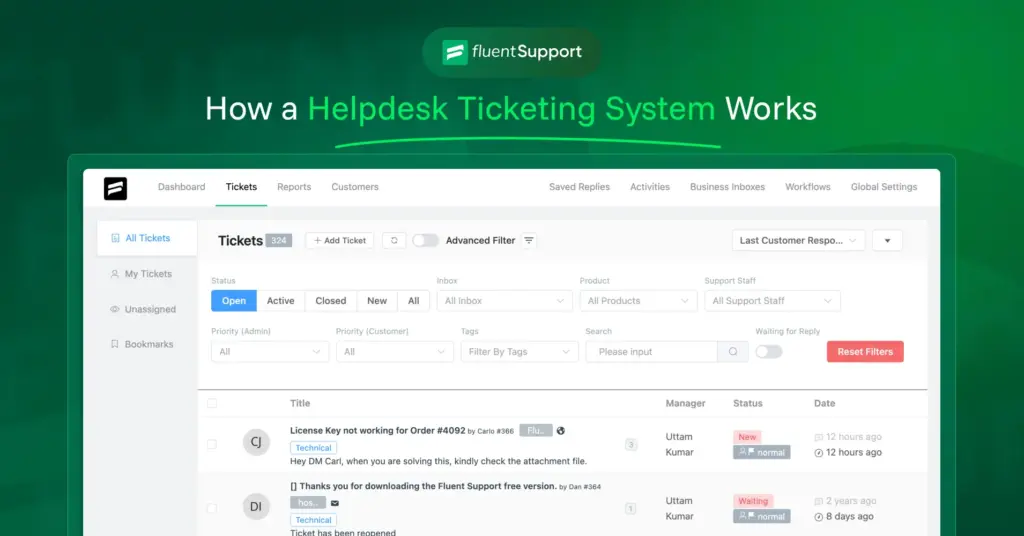
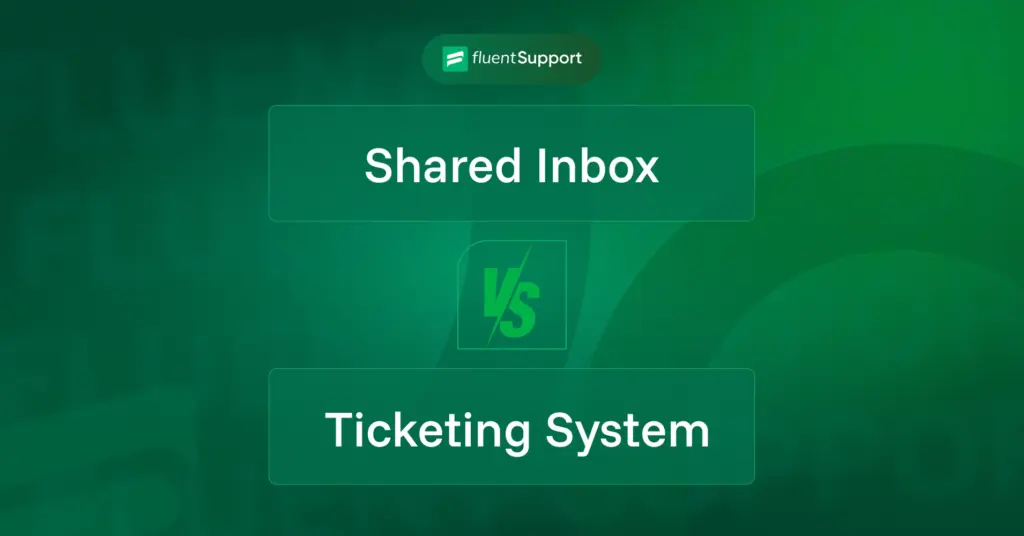
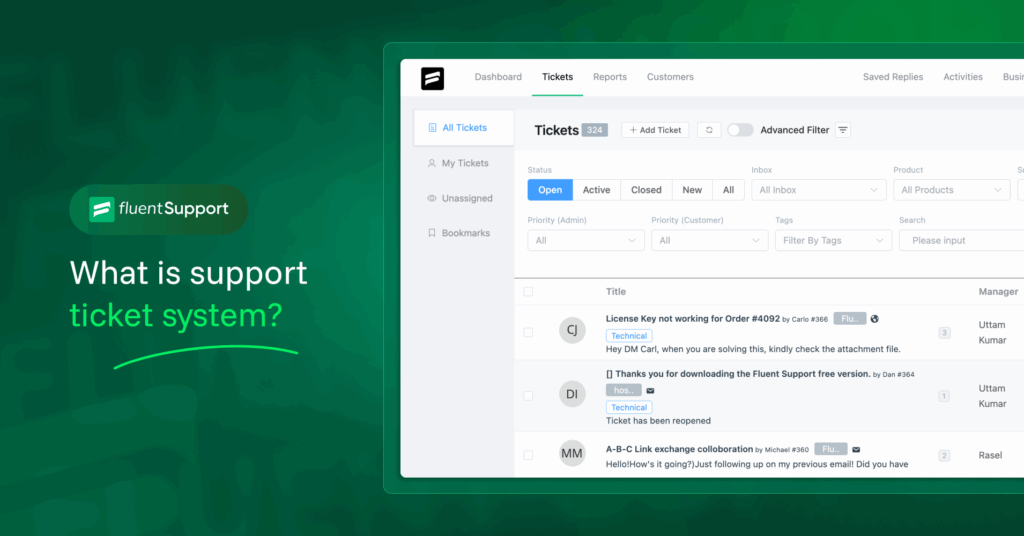
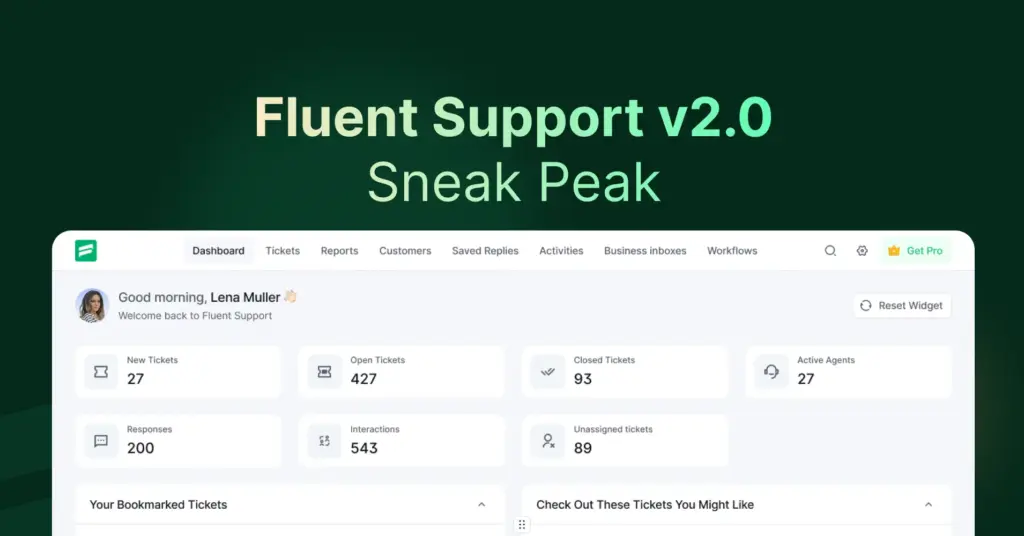
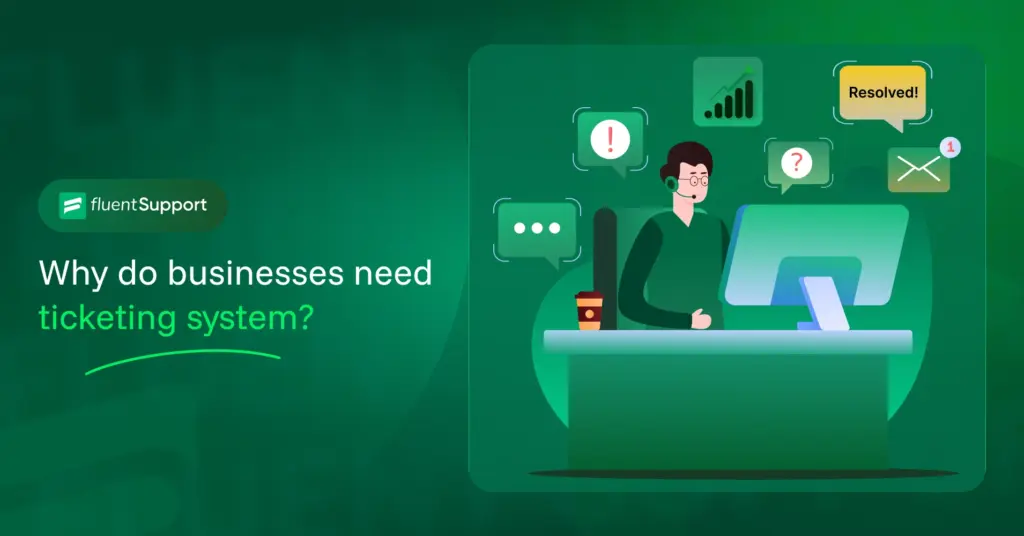
Leave a Reply